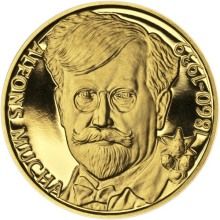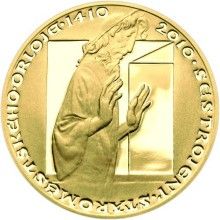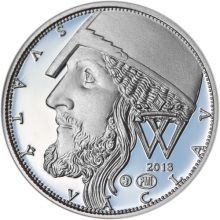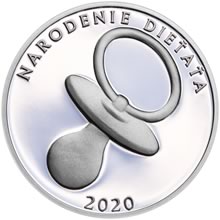Inflation and monetary chaos
HISTORY OF CZECHOSLOVAK CURRENCY.
The end of the war was marked not only by inflation, but also by monetary chaos in the territory of liberated Czechoslovakia. Compared to March 1939, by April 1945, the level of strictly controlled wholesale prices increased by 59% and the balance of strictly controlled consumer prices by 62%. However, in addition to these official prices, prices on the black market were much higher. At the end of the war, the following six currencies circulated in Czechoslovakia:
- Protectorate koruna
- Slovak koruna
- German marks
- Hungarian pengö
- Polish zloty
- Koruna vouchers
- Protectorate koruna
- Slovak koruna
- German marks
- Hungarian pengö
- Polish zloty
- Koruna vouchers
CONTENT
- Origin of the Czechoslovak currency.
- Monetary stabilization.
- Establishment of the central bank.
- National Bank of Czechoslovakia.
- Gold reserve.
- Economic boom.
- Depression.
- The main activities of banks.
- Development of the national economy.
- Art designs.
- Czech banking system.
- The disintegration of Czechoslovakia.
- German occupation of the Czech lands.
- Currency damage caused by the occupation.
- Preparation of post-war monetary policy.
- Inflation and monetary chaos.
- Organization of monetary relations.
- Socialization of finance.
- February 1948 and central management.
- Directive management of monetary relations.
- Monetary reform of 1953.
- Central plan.
- Isolation.
- Reform efforts.
- "Standardization".
- Economic problems.
- Economic transformation.
- Changes in monetary policy management.
- Development of the koruna exchange rate.
- Development of the banking system.
- Development in 1990-1992.
- Division of the Czechoslovak Socialist Republic.
- Origin of the Czech koruna.
- Monetary policy management.
- International cooperation.
- Monetary stabilization.
- Establishment of the central bank.
- National Bank of Czechoslovakia.
- Gold reserve.
- Economic boom.
- Depression.
- The main activities of banks.
- Development of the national economy.
- Art designs.
- Czech banking system.
- The disintegration of Czechoslovakia.
- German occupation of the Czech lands.
- Currency damage caused by the occupation.
- Preparation of post-war monetary policy.
- Inflation and monetary chaos.
- Organization of monetary relations.
- Socialization of finance.
- February 1948 and central management.
- Directive management of monetary relations.
- Monetary reform of 1953.
- Central plan.
- Isolation.
- Reform efforts.
- "Standardization".
- Economic problems.
- Economic transformation.
- Changes in monetary policy management.
- Development of the koruna exchange rate.
- Development of the banking system.
- Development in 1990-1992.
- Division of the Czechoslovak Socialist Republic.
- Origin of the Czech koruna.
- Monetary policy management.
- International cooperation.
JÁ  ZLATÉ MEDAILE.CZ
ZLATÉ MEDAILE.CZ



